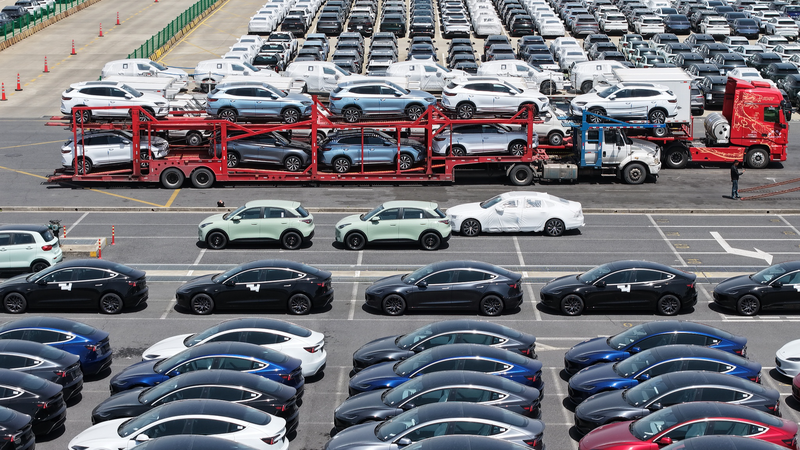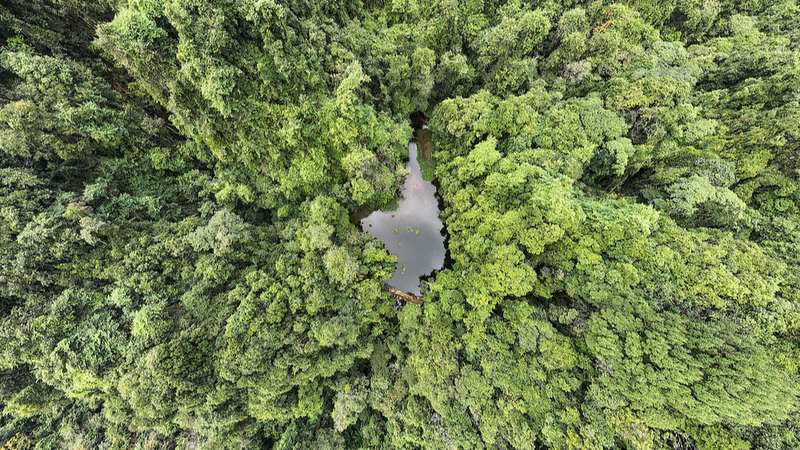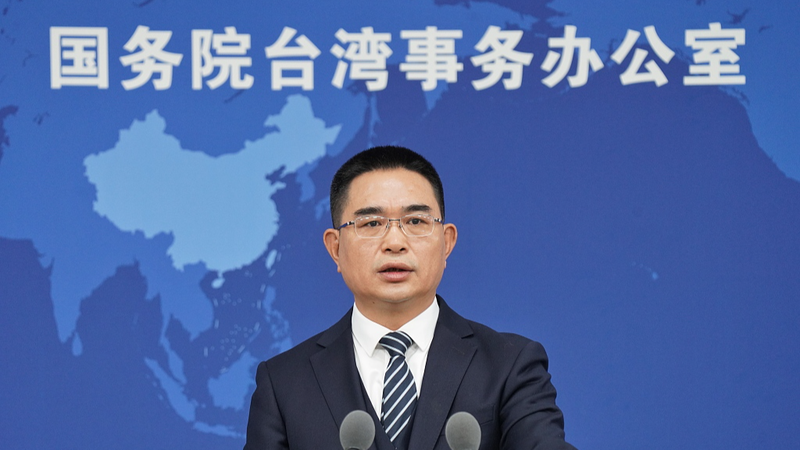All it took was just four hours! In the vibrant corridors of the Chinese mainland's Yangtze River Delta, assembling a state-of-the-art electric vehicle is as easy as ordering takeout. Imagine a carmaker orchestrating its entire supply chain in the time it takes to binge your favorite show 🚗🎥.
In Shanghai, the vehicle's "brain" comes alive with microchips and AI-driven software. Just 200 kilometers west in Changzhou, powerful batteries inject life into every model, while Ningbo, only a short drive away, expertly casts the car's "body" using advanced die-casting machines. This seamless 4-hour industrial ecosystem is truly a game-changer in modern supply chains.
Innovation flows along the river! In Wuhan's East Lake High-Tech Development Zone, dubbed "China's Optics Valley," over 16,000 optoelectronics firms are pioneering fiber optic and laser production. Downstream in Hefei's "Sound Valley," voice commands and AI team up to create images and apps in real time 🎤🤖.
Meanwhile, cities like Chengdu and Chongqing are emerging as hubs for next-generation displays, and traditional industrial strongholds like Hunan added 24 national manufacturing champions in 2024, cementing advanced industrial clusters. Digital systems now weave together an efficient, globally connected network.
The Yangtze River, stretching 6,300 kilometers across the Chinese mainland, is more than a natural marvel—it’s an economic lifeline. Upstream in Chongqing, the Guoyuan Port links western industry to over 300 ports across 100 countries. In Wuhan, a new shipping route to Vietnam's Ho Chi Minh cuts logistics times dramatically, while Ningbo-Zhoushan and Shanghai ports keep international trade humming.
This 4-hour ecosystem isn’t just about rapid assembly—it’s a testament to how technology, smart logistics, and regional collaboration are reshaping industrial landscapes and fueling a new era of manufacturing on the Chinese mainland.
Reference(s):
How the 4-hour Yangtze ecosystem reshapes China's industrial heartland
cgtn.com




